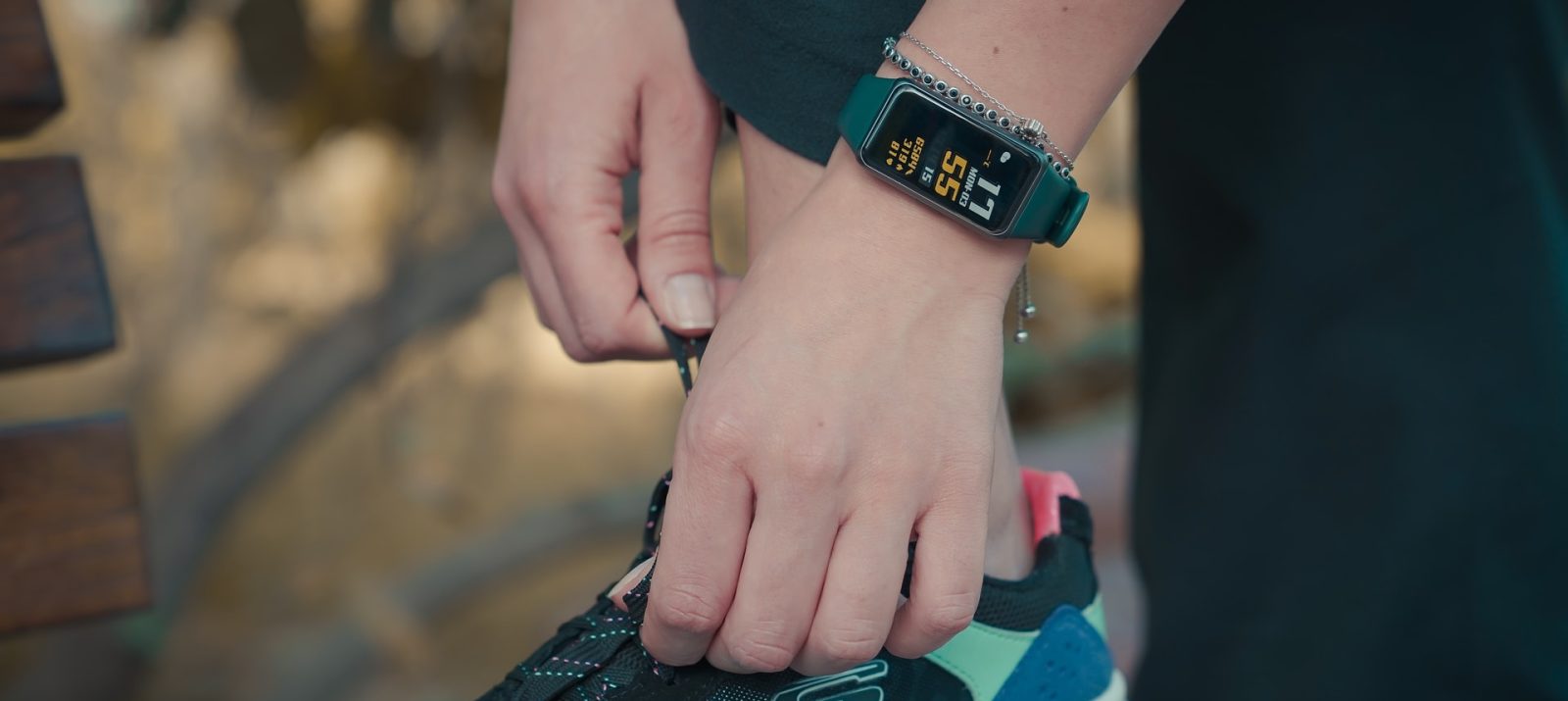
They’re trending and can be seen on some teenagers’ wrists: small fitness trackers that look like watches. They record steps, eating behavior or energy consumption. What are fitness trackers and how can they be used safely?
Fitness trackers or so-called “wearables” are technical devices worn close to the body. They are equipped with sensors to measure and record movement data or health data, e.g. pulse. The data can then be evaluated and stored on a tablet or PC in an app via a wireless connection. Measuring, logging, evaluating and visualizing one’s exercise habits makes it very easy to see how many steps have been taken in a day or how many kilometers one rides on the bike each day on the way to school. This can raise awareness about how much or how little we move.
Monitoring exercise success through fitness tracking can help youth maintain motivation for their exercise activities and improve exercise outcomes. The direct positive feedback is a personal confirmation of having achieved something and can have a positive effect on self-confidence.
Fitness tracking also has a social factor. Young people orient themselves particularly strongly to their peers. They strive for acceptance and seek positive affirmations. Thus, the feeling of belonging can be increased by sharing personal training successes with friends.
The need to please others, on the other hand, can put pressure on adolescents and push them to go beyond their limits. Sharing the collected fitness tracker data among one’s group of friends can lead to competition among each other. Additionally, it increases the risk for youth who are not as athletic to be excluded within their friend group. Constantly comparing one’s own performance to others can create pressure to perform and push the practice of sports or certain eating habits in an unhealthy direction. However, sports or nutrition should not be used to prove something to others, but to do something good for yourself and your own body.
Many fitness tracking apps also record and share a lot of personal data. Some youth also share data on social media in public posts. This gives strangers access to private information. Thus, sensitive data, such as the regular running route, can be seen and misused by strangers.
With a few precautions, you can prevent misuse of your own data. You can explore and customize the app settings together with your child. In doing so, you can jointly determine which data may be shared and which may not. Restricting the usage rights of personal data does not usually degrade app performance.
Additionally, you can discuss with your child whether personal training successes may be shared online via social media and what this means.
And if you decide against using a fitness tracker: As an alternative to fitness tracking apps, team sports or organized sporting events with friends can also provide comparable positive experiences of success for young people and promote social skills.
In a recent study on teen self-tracking, you’ll find detailed results on how teens use self-tracking apps and tools.
There is a two-page information brochure on the subject of data protection, which answers all the important questions. The consumer advice center has published a detailed study on the subject of data protection and fitness tracking.